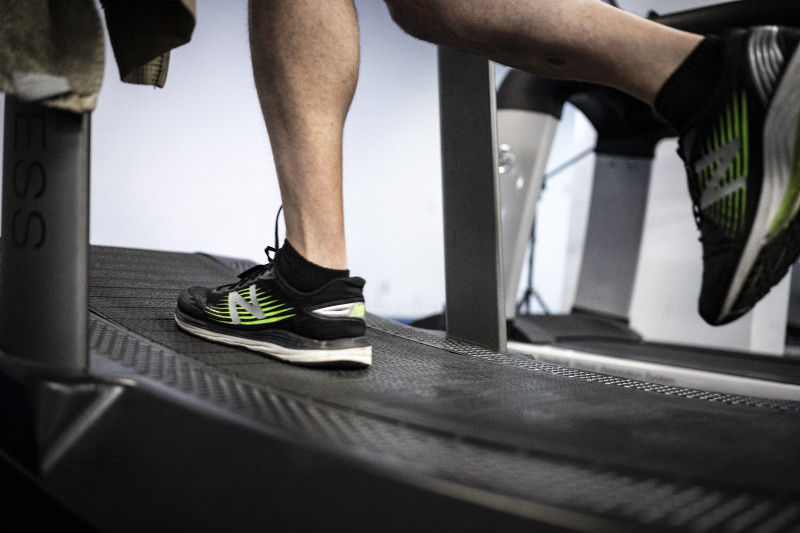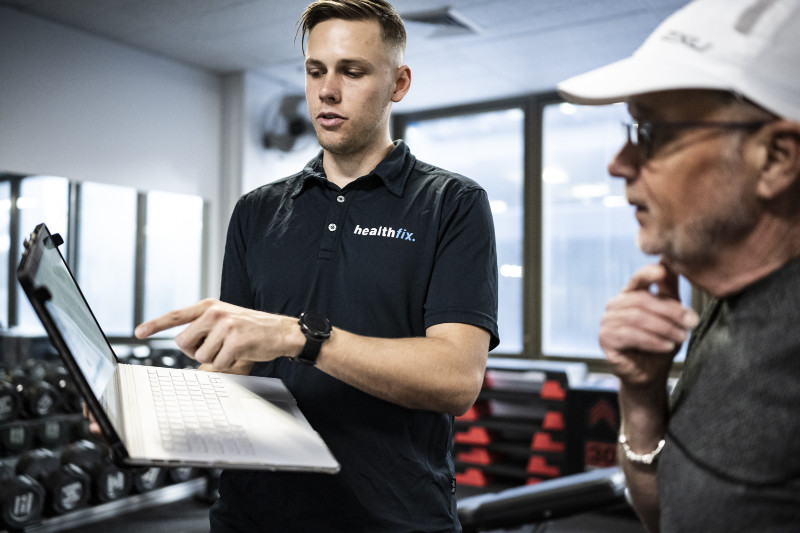
by Ash Cooney | Latest News, Physiotherapy
Think you can’t run? Think again! With these tips from Caitlan Skillicorn Senior Physiotherapist and the help of a physiotherapist, you can prepare for a run event and achieve your running goals safely and effectively. Whether you’re a beginner or just...

by Ash Cooney | Conditions, Physiotherapy
Musculoskeletal Physiotherapy injury screening To reach your health and fitness goals its as simple as being active and exercising consistently. Right? Wouldn’t it be awesome if it was just that simple! The reality is that whatever you choose to use your body for...




